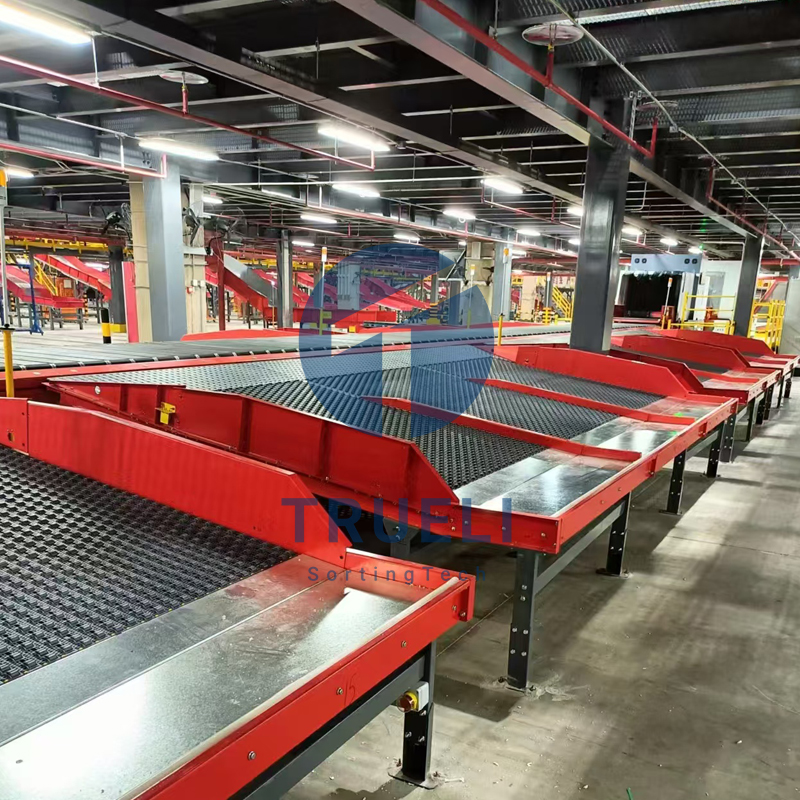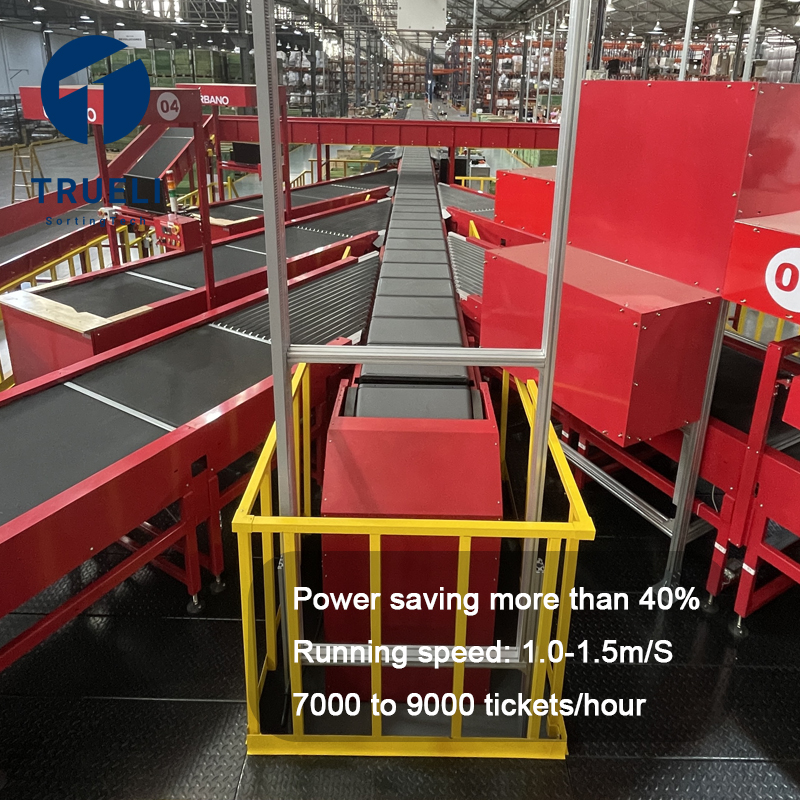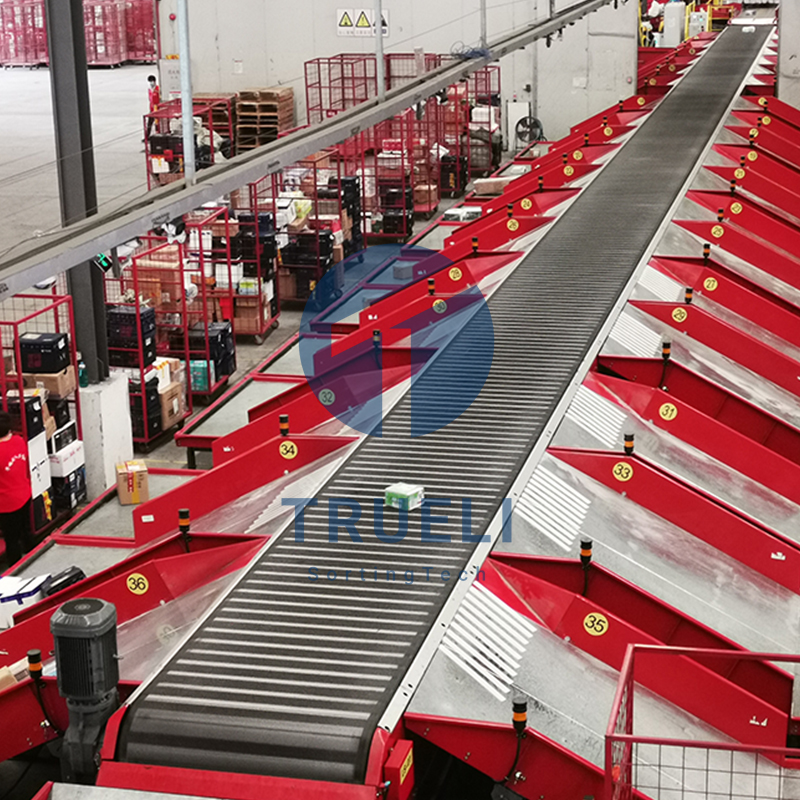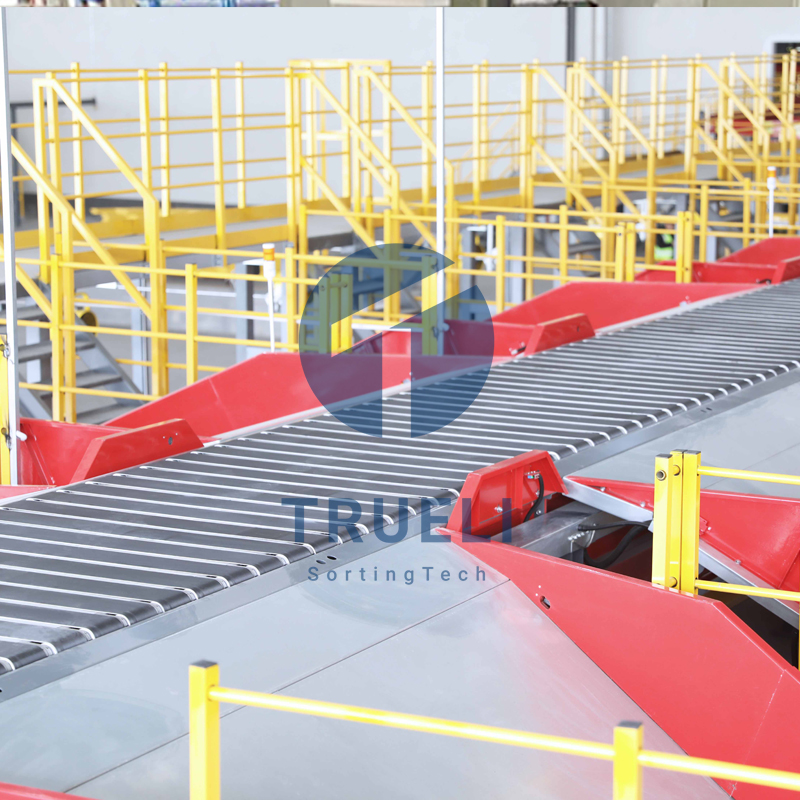In the world of logistics, the term “last-mile delivery” refers to the final step in the supply chain process—getting a product from the distribution center to the customer’s door. While this segment of the delivery process accounts for a small portion of the overall shipping cost, it represents a significant challenge for logistics companies. With the rise of e-commerce, customer expectations for faster and more reliable delivery are at an all-time high, making last-mile delivery a critical factor in customer satisfaction.
The Importance of Last-Mile Delivery:
-
Customer Expectations: Today’s consumers expect fast, cost-effective, and on-time deliveries. Many online retailers offer same-day or next-day delivery, and delays can lead to negative customer reviews, damage to brand reputation, and lost sales.
-
Delivery Costs: Last-mile delivery is the most expensive leg of the journey, accounting for up to 53% of the total shipping cost. As the demand for quicker delivery increases, logistics companies are under pressure to find ways to lower these costs while maintaining service quality.
-
Sustainability: With the increase in delivery volumes, particularly in urban areas, logistics companies must also address sustainability concerns. Emissions from delivery vehicles contribute to pollution and environmental degradation, prompting the industry to find greener alternatives.
Innovative Solutions for Last-Mile Challenges:
-
Drones and Autonomous Vehicles: Companies like Amazon and Google are experimenting with drones and autonomous delivery vehicles to cut delivery times and reduce costs. These technologies hold the potential to revolutionize last-mile delivery by allowing goods to reach customers faster and more efficiently.
-
Crowdsourced Delivery: Some companies are turning to crowdsourcing, allowing independent contractors or local couriers to handle deliveries. This approach helps logistics companies scale up during peak times without investing heavily in additional infrastructure.
-
Urban Micro-Warehouses: Placing smaller warehouses or fulfillment centers closer to urban centers helps companies speed up the last-mile delivery process. These hubs allow for faster dispatch and improved service quality, particularly in densely populated areas.
-
Smart Lockers: Smart lockers are becoming a popular alternative for customers who are not home during delivery windows. These lockers, located in public spaces or apartment complexes, offer a convenient way for customers to pick up their packages at their convenience.
Challenges and the Path Forward:
Despite these innovations, last-mile delivery remains a complex challenge. Companies must balance speed, cost, and sustainability while maintaining a high level of customer satisfaction. To address these challenges, the logistics industry must continue to invest in technology, infrastructure, and customer service.
In summary, last-mile delivery is crucial for maintaining customer satisfaction in an increasingly digital world. With the right strategies and technologies, companies can reduce costs, increase efficiency, and provide faster, more reliable delivery services that meet customer expectations.





